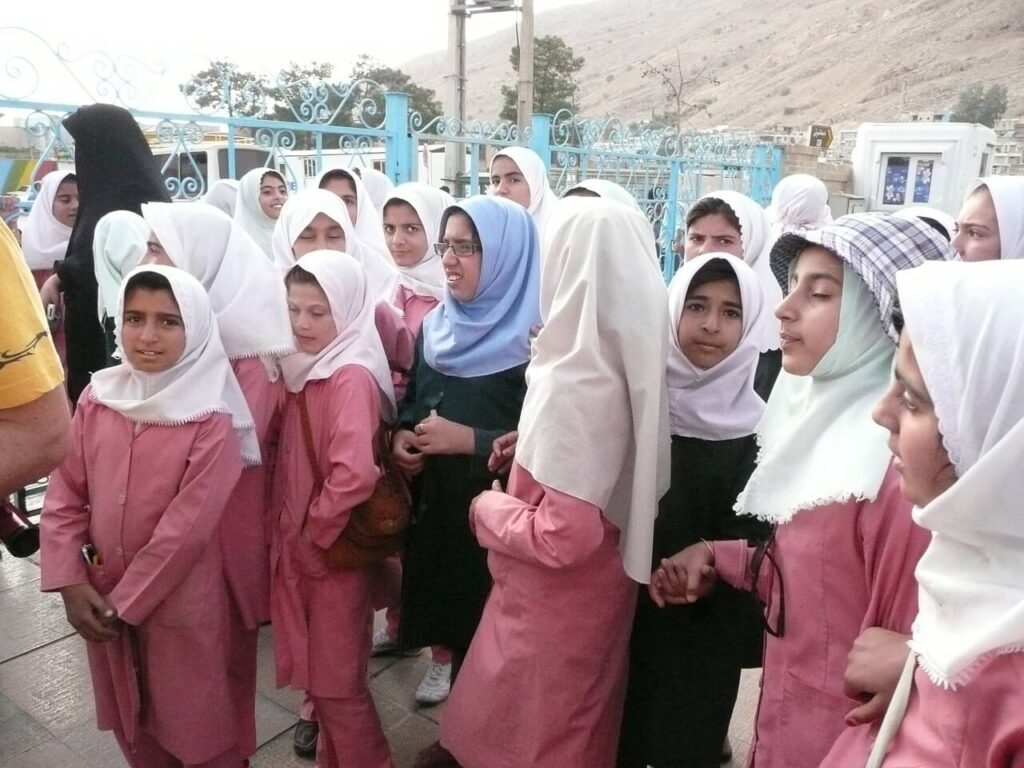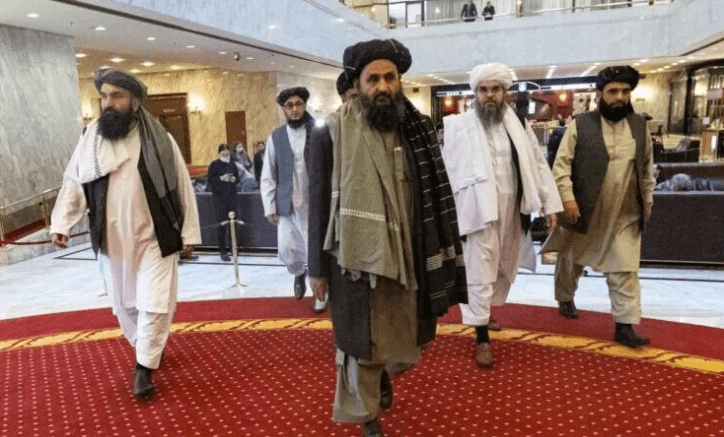
On 03/04 Jun 2023, two incidents of poisoning took place in two schools in the Sangcharak district of Afghanistan in which almost 80 girls’ studying in grades 1 through 6, fell sick and needed to be immediately hospitalized.
Girls’ education has been a major issue in Afghanistan since the Taliban came back to power after the US efforts for more than two decades failed to get Afghanistan’s political system on track.
The treatment given to women in Afghanistan is a major cause for concern and needs global attention. Another disturbing development, which this incident highlights is the use of ‘poison’ as a ‘tool’ for attack. There are no details available about the exact nature of the attack. It is still not known whether any food laced with poison was served to the students or whether some form of poison gas was used. Till now no deaths have been reported, which indicates that possibly a mild dose of poison was used. The idea could be to create some form of fear in the minds of the parents so that they on their own would stop sending the girls to school.

In the recent past, similar incidents happened in neighbouring Iran. As per reports, around 7000 schoolgirls were poisoned between November 2022 and March 2023. Many of them were hospitalized with symptoms like respiratory distress, numbness in limbs, heart palpitations, headache, nausea, and vomiting. Iranian government sought the help of a team of toxicologists, who opined that the girls were poisoned using nitrogen gas, which is invisible, tasteless and odourless.
It may not be correct to associate the use of poisonous gas with an attempt to use chemical weapons. However, such incidents cannot be taken lightly. Nitrogen mustards were produced in the 1920s and 1930s as potential chemical weapons, though they were never used in warfare. Such substances can be released into the air as a vapour, which could directly affect various parts of the individual’s body like skin and eyes. Such substances could also be released into water and people consuming that water could fall sick.

In the recent past, there have been a few cases of chemical weapon attacks in Syria (2013, 2017, and 2018) killing more than 1000 people and injuring many. Unfortunately, various states in the world are not on the same page, when it comes to addressing the chemical threats. Sadly, this is despite having in place the Chemical Weapons Convention (CWC) treaty, the most successful disarmament treaty eliminating an entire class of known chemical weapons. The limitations of such mechanisms have become evident during the recently conducted 5th CWC review conference (May 15-19, 2023).
On 29 April 1997, the Chemical Weapons Convention (CWC) become a reality. The Organisation for the Prohibition of Chemical Weapons (OPCW), which is based at The Hague (Netherlands) is responsible for the implementation of this legally binding CWC treaty mechanism. This treaty prohibits the development, production, stockpiling and use of Chemical Weapons. There were some states, that had announced the possession of Chemical Weapons while joining this treaty. OPCW has ensured the destruction of these chemical weapons and to date, 99% of such weapons have been destroyed. Only some legacy chemical weapons are still there in the United States, which are already under the process of destruction and it is expected that total distraction should happen before the end of 2023 (possibly by Sept 30).
As per this convention after every five years, a Review Conference (RC) needs to be held to assess the convention’s implementation. Such conferences bring together all the signatory states to discuss the steps taken towards the operationalization of this mechanism and the future course of action.

Chemical weapons have been in use since the First World War, which also was known as the Chemist’s War. There are instances of the use of chemical weapons even during the ongoing Syrian conflict. There are some unconfirmed reports in regard to the possible use of chemicals like phosphorus in the ongoing Ukraine-Russia conflict. Also, the threat of chemical terrorism just cannot be ruled out. Hence, in spite of 193 states being the signatories to the CWC, chemical weapons-related challenges continue to exist.
During May 15-19, 2023 fifth CWC review conference was held at The Hague and could be viewed as a mixed bag of success (failure). No Review Conferences is a stand-alone event. Many efforts go into preparing for such review conferences and the same was the case with the 5th RC of CWC. This conference took place against the backdrop of experience gained from earlier four review conferences. Internationally, various meetings were held both at formal and informal levels to decide on the agenda of this meeting. Various working groups had identified key focus areas for the discussion.
Much was expected from the 5th review conference, which was held 25 years after the CWC’s entry into force. However, now for some time, it has almost emerged as a pattern that in various disarmament deliberations few important states (mostly someone belonging to the category of the permanent members of the UN Security Council) would ensure that consensus would not be reached. Many times, more than the issue at hand, the problem emerges owing to geopolitical tensions. During the 5th review conference, Russia and Syria played a spoilsport and blocked the consensus. They had issues with the mention of the use of chemical weapons by Syria. As per the detailed investigation conducted by OPCW, the Syrian military was responsible for dropping two yellow chlorine gas cylinders in 2018, which resulted in the death of 43 people. However, the Syrian administration argued that this attack was an attack staged by Syrian opposition forces.

All this indicates that states would always take a rigid position and are unlikely to accept any blame. States like Afghanistan, under the tyrant rulers like the Taliban, are doubtful to provide any details about the nature of poison used and the perpetrators of crime in the case of the poisoning of schoolgirls. The Syrian example indicates that the region is still not free from the possibility of chemical warfare. In some cases, the nature of chemical attacks may vary in degree, it may not be always a classic form of chemical warfare undertaken by the known chemical weapon agents. The time has come for OPCW to expand its scope, undertake inspections in dubious cases like Afghanistan, look beyond consensus and decide on every case based on merit.

